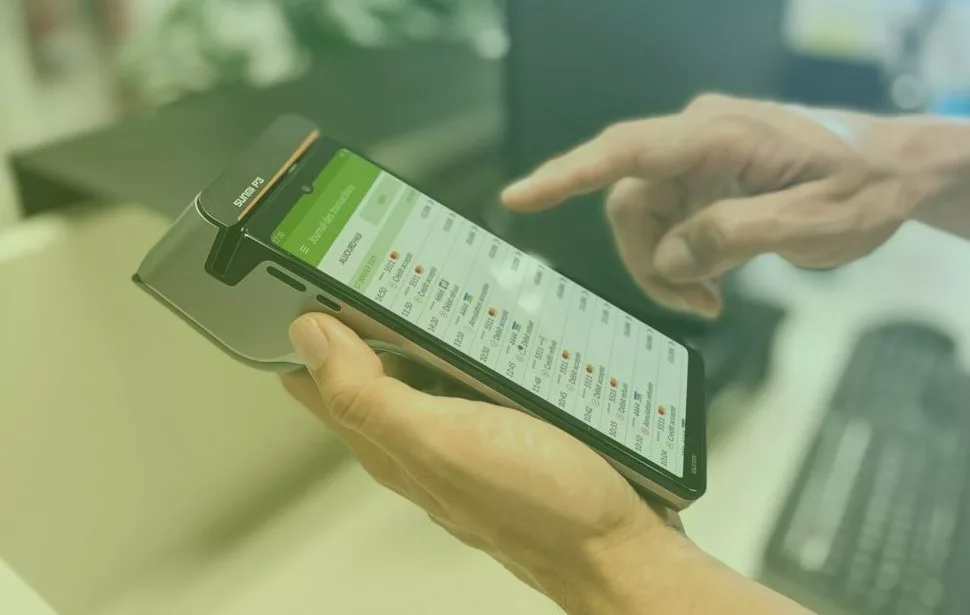Our point of departure is that electronic payment and eCommerce have become two preventive measures against COVID-19.
Restrictions have gone far beyond lockdown and safe distance. Limiting contact with coins and banknotes is also part of safety. And that has undoubtedly prompted users to shop online and businesses to make the leap to eCommerce. They probably did not know at the beginning of the pandemic that those measures they took as a means of prevention would later become their main lifeline. Or rather, the keys to surviving and adapting to change in society’s habits.
Although the WHO made it clear that we should not fear cash as a source of contagion, contact with it has been limited. The question now is which eCommerce payment methods have been the most widely used during the pandemic?
Join us to find out.
4 payment methods used in eCommerce during COVID
“If you use cash, you’d better follow the hygiene recommendations: wash your hands with soap and water and avoid touching your face.”
“If you pay by card, clean it with a hydroalcoholic solution. And reduce physical contact.”
“If you still do not use mobile payment, try incorporating your credit card into your mobile or wearable now – just hold your Smartphone close and authenticate your purchase.”
How many recommendations have you come across in the last year? It is no coincidence but rather a result of the pandemic, the need to protect ourselves from reducing contagion, and the preferences of the new generations of millennials and centennials. Therefore, eCommerce payment methods in 2020 and 2021 will go beyond cash. These have been the most used:
- Contactless technology. It has revolutionised the payments experience during the pandemic, bringing greater speed and ease of use. The user only needs to bring their mobile phone close to the POS to make the payment. During the first months of 2020, the use of mobile, biometric and invisible payments increased and the use of platforms like Google Pay, Apple Pay, and BBVA wallet.
- Invisible payments. They are automatically collected by contactless technology. Just think, how many payments have you made without going to checkout in the last year? Surely, you have avoided long waits and troubles with the issuing of tickets.
- Biometric systems. For example, fingerprint, voice recognition, retina scan, or selfie pay. They have boosted digital means to improve the user experience in online stores, with greater security and less friction.
- Pay by link. It allows you to send payment requests and receive funds with a link that can be sent in any format, from social media, email, chat, and SMS to WhatsApp and QR codes. You can use it as part of your email billing system, purchase button on your website, display it in QR format for customers to scan and pay directly, or send a link through any channel and get paid securely.
Last year, half of the consumers had reduced the use of notes and coins when making a payment. Meanwhile, half have increased their use of cards or mobile phones.
The world of payments is changing!
Prevention is better
The effects of the pandemic have also been felt in the use of cash. The use of mobile phones as a payment system has been boosted in a context where eCommerce is becoming more and more common. However, despite the great uncertainty that new payment methods represent among users in terms of security, many consumers are receptive to new payment methods related to biometrics.
2020 and 2021 are marking the boom in digital payments. The coronavirus has driven the definitive leap to the digitisation of payment methods, which had already been seen in previous years. On the other side of the coin, credit and debit cards remain the preferred payment method for most consumers. New consumer habits adopted since the pandemic have led to a push for contactless cards over those that need to be inserted into POS terminals.
According to data from Expansión, “in line with the economic crisis resulting from the pandemic, there has been a general decline in the ownership of credit cards, down 4% in Spain, while debit cards continue to be the main player and there are hardly any changes in prepaid cards”.
Undoubtedly, one of the most noticeable changes in the pandemic’s wake has been in payment methods. To avoid the spread of the virus, digital payments have been widely accepted by users. Cash may not be going to disappear, but what is clear is that the pandemic is leading to less use of cash and a greater push for technology. In countries such as Mexico, contactless cards represent a low percentage of the market, but it is starting to change.
In short, during the COVID-19 pandemic, digital payments and the need to be present in the online channel have grown, the marketplace has become more popular, the adoption of contactless technology has accelerated, and online shopping has increased. The technological evolution of payment methods offered in online stores is the main lever of transformation.
You are not alone; PSD2 regulation has accelerated industry disruption and consumer protection through new transparency requirements.
Where is your business at? Tell us about it.




